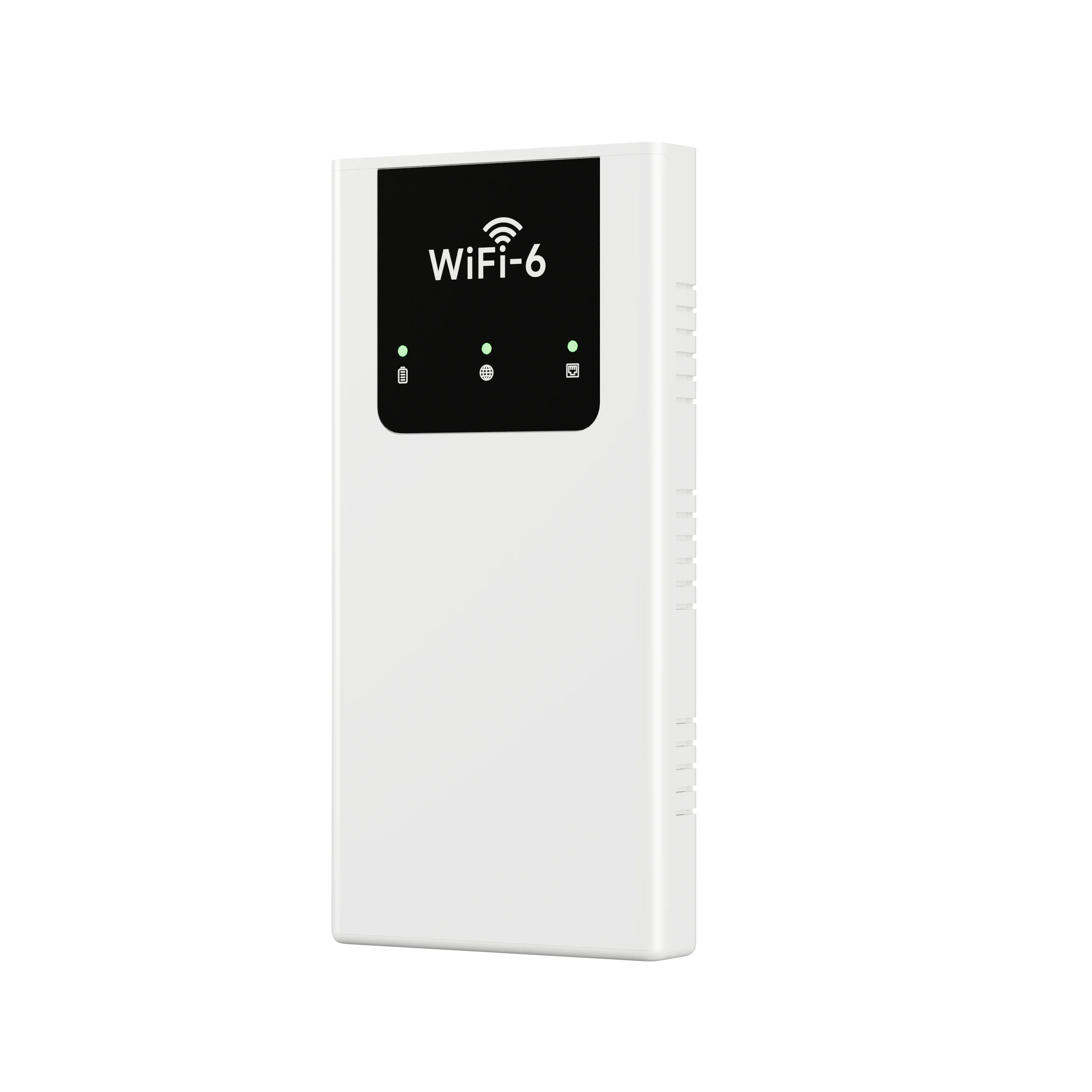The Anti-lock Braking System (ABS) is a critical component in modern vehicles, designed to prevent wheel lock-up during braking and enhance vehicle control. However, like any electronic system, the ABS control module may occasionally require a reset due to various issues such as sensor malfunctions, battery disconnections, or software glitches. In this article, we will delve into the intricacies of how to reset the ABS control module effectively, ensuring your vehicle operates safely and efficiently.
Understanding the ABS Control Module
Before we dive into the reset process, it’s essential to understand the role of the ABS control module. This electronic unit monitors wheel speed sensors and modulates brake pressure to prevent skidding. When the ABS light illuminates on your dashboard, it indicates that the system has detected a fault, necessitating a reset or further diagnostics.
Common Reasons for ABS Control Module Reset
- Sensor Malfunctions: Faulty wheel speed sensors can trigger the ABS warning light. Resetting the module may temporarily resolve the issue, but replacing the sensor is often necessary for a permanent fix.
- Battery Disconnection: Disconnecting the vehicle's battery can reset various electronic systems, including the ABS control module. However, this method may not always clear the underlying issue.
- Software Glitches: Like any computer, the ABS control module can experience software errors. A reset can help restore normal functionality.
- Brake System Repairs: After performing repairs on the brake system, a reset may be required to clear any fault codes stored in the module.
Step-by-Step Guide to Resetting the ABS Control Module
Method 1: Using an OBD-II Scanner
- Gather Your Tools: You will need an OBD-II scanner compatible with your vehicle. Ensure it can read ABS codes.
- Locate the OBD-II Port: This port is usually found under the dashboard near the steering column.
- Connect the Scanner: Plug the OBD-II scanner into the port and turn on the vehicle’s ignition without starting the engine.
- Access ABS Codes: Navigate through the scanner’s menu to access the ABS system. Retrieve any stored fault codes.
- Clear the Codes: Follow the prompts on the scanner to clear the ABS codes. This action resets the ABS control module.
- Test Drive: After clearing the codes, take the vehicle for a test drive to ensure the ABS light does not reappear.
Method 2: Manual Reset via Battery Disconnection
- Safety First: Ensure the vehicle is parked on a flat surface, and engage the parking brake.
- Disconnect the Battery: Using a wrench, disconnect the negative terminal of the battery. Wait for at least 15 minutes to allow any residual power to dissipate.
- Reconnect the Battery: Reattach the negative terminal securely.
- Check the ABS Light: Start the vehicle and check if the ABS warning light has turned off. If it remains illuminated, further diagnostics may be necessary.
Troubleshooting Post-Reset Issues
After resetting the ABS control module, if the ABS light reactivates, consider the following troubleshooting steps:
- Inspect Wheel Speed Sensors: Check for any physical damage or disconnections in the wiring.
- Examine Brake Fluid Levels: Low brake fluid can trigger the ABS light. Ensure fluid levels are adequate.
- Scan for Additional Codes: Use the OBD-II scanner to check for any new fault codes that may have emerged.
- Consult a Professional: If issues persist, it may be time to consult a certified mechanic for a thorough inspection.
Conclusion
Resetting the ABS control module is a vital skill for any vehicle owner or automotive enthusiast. Understanding the underlying causes of ABS issues and knowing how to perform a reset can save time and money while ensuring your vehicle remains safe on the road. Always remember that while a reset can resolve temporary glitches, it is crucial to address any underlying problems to maintain the integrity of your braking system. Regular maintenance and timely diagnostics are key to a reliable and safe driving experience.


More Stories
LTE CAT4 Performance Analysis: Downlink/Uplink Efficiency in Portable WiFi Hotspots
High-Performance Cat7 S/FTP Network Cables for Infrastructure
Performance, Application Scenarios and Selection of External Panel Materials for Outdoor Mobile Shelters